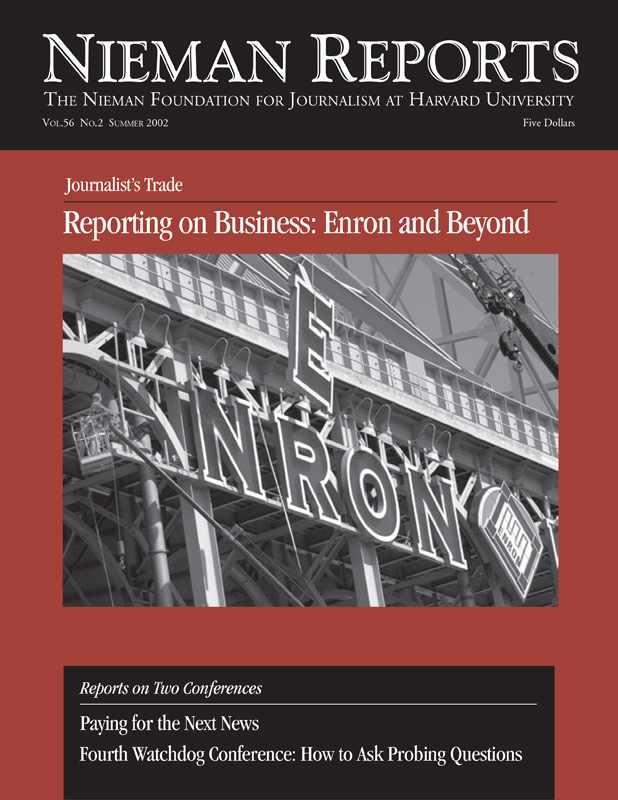Why would the family owners of a small rural newspaper group in Tennessee have chosen to enter the Internet access business in the mid-1990’s? There were several reasons, but uppermost is that we’re a family who has learned by doing. It’s been our way since 1916 when my grandmother found herself becoming the publisher of The Greeneville Sun without any experience or training in what it would take to be successful. Since then, when change was in the air, we’ve embraced it.
By mid-1995, the Internet had arrived. I knew it would have a significant impact on our business. We had to get aboard. As long-time newspaper publishers in our community, we took pride in our job of connecting readers with news and information. We also connected them with goods and services that others wanted to sell. Being this effective connector was our aim, so it was clear we needed to find ways to use the Internet to facilitate this in new ways.
While we developed content for our paper’s Web site, the timing seemed right to become an Internet Service Provider (ISP). ISP’s were rare in rural areas like ours, but we had valuable resources to use if we wanted to become one: existing relationships with readers and advertisers based on our well-trusted brand and the ability to promote our online products and services in our newspaper (and vice versa). And we had financial resources to make prudent investments in people, equipment and engineering that would establish us as the ISP with the highest reliability and the fastest speeds, all at a reasonable cost. It didn’t hurt that, at the time, accessing AOL required a long distance call.
Greene County Online became an online extension of The Greeneville Sun brand. It now serves as a community portal with more than 7,000 unique visitors daily and as an outlet of the East Tennessee Network—the largest ISP in the region. We currently serve more than 13,000 business and residential subscribers with dial-up Internet services, digital subscriber lines (DSL), wireless or direct connections up to T-3 speeds. We’ve grown through promotion and acquisition. Recently, we became a Competitive Local Exchange Carrier (CLEC), which essentially means we can offer telephone long distance at low cost (which we do) and local service at low cost (which is coming soon). Not surprisingly, we now have competitors.
Being there early and doing it well has paid off. It enhances our brand in the eyes of our readers and advertisers and strengthens our ability to provide connectivity in our community through multiple channels. Our growth in knowledge of technologies and successful online marketing strategies keeps us on top in the quality of what we offer, and this adds great value on the print side. This dimension of our business also brings with it a dynamic environment as bright people with innovative ideas come into our company. Significantly, all of this increases our company’s cash flow.
Is this technological path diverting us from our core newspaper business? I don’t think so. This new entity requires management, but becoming an ISP has made it financially possible for us to explore more deeply the development of our site’s content. Have we made mistakes? Plenty, but we’ve grown stronger because of them. Would it make sense for a newspaper to consider this? Based on our experience, I’d say, “Yes, under the right circumstances.”
Gregg K. Jones is co-publisher of The Greeneville Sun.



